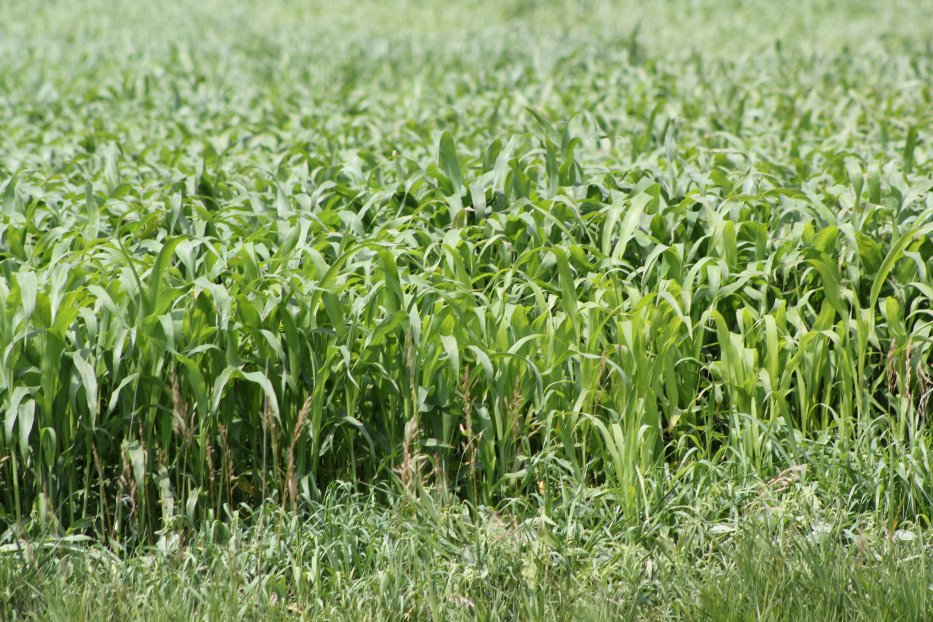
By Bruce Anderson, NE Extension Forage Specialist
Let’s review grazing guidelines to help avoid potential hazards when grazing summer annual grasses.
It’s been said that rules are meant to be broken. One rule that I suggest you never break, though, is this one: never turn hungry animals into sudangrass or sorghum-type pastures. Why? Because they may eat so rapidly that they could get a quick overdose of prussic acid and die.
All sudangrass and sorghum-type hybrids can produce a compound called prussic acid that is potentially poisonous. Prussic acid, which also is called cyanide, is nothing to fear, though, as long as you use a few precautions to avoid problems.
The highest concentration of prussic acid is in new young shoots, so let your grass get a little growth on it before grazing to help dilute out the prussic acid. Let sudangrass get at least 18 inches in height before grazing. Sorghum-sudan hybrids usually have a little more prussic acid risk, so wait until they are 20 to 24 inches tall.
Now – pearl millet does not contain prussic acid so if you planted millet these grazing precautions aren’t needed. Pearl millet can be grazed when it reaches 12 to 15 inches tall.
Nitrates also can accumulate in these grasses. However, as long as you avoid grazing too short, nitrates should not be a problem.
Summer annual grasses respond best to a simple, rotational grazing system. Divide fields into three or more smaller paddocks of a size that your animals can graze down to about eight or so inches of leafy stubble within 7 to 10 days. Repeat this procedure with all paddocks. If some grass gets too tall, either cut it for hay or rotate animals more quickly so grass doesn't head out.
A well-planned start, a good rotation, and a little rain can give you good pasture from these grasses all the rest of the summer.
To listen to BeefWatch podcasts go to: https://itunes.apple.com/us/podcast/unl-beefwatch/id964198047 or paste http://feeds.feedburner.com/unlbeefwatch into your podcast app.